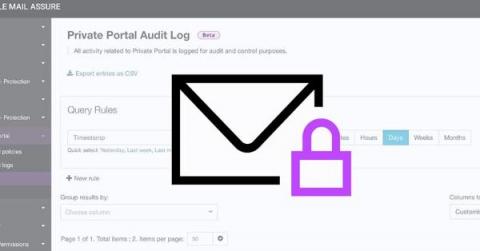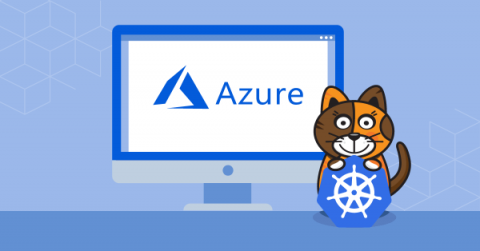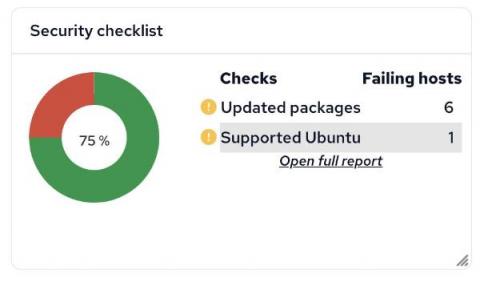Community Spotlight series: Calico Open Source user insights from Cloud Native Technologist, Jintao Zhang
In this issue of the Calico Community Spotlight series, I’ve asked Jintao Zhang from API7.ai to share his experience with Kubernetes and Calico Open Source. API7.ai is an open-source infrastructure software company that helps businesses manage and visualize business-critical traffic, such as APIs and microservices to accelerate business decisions through data.











